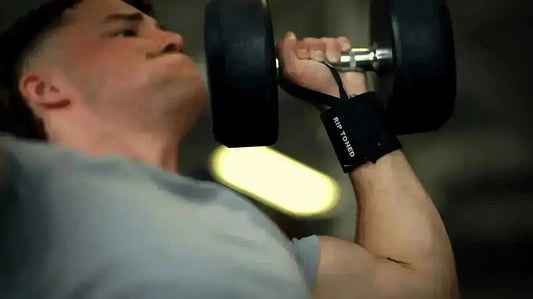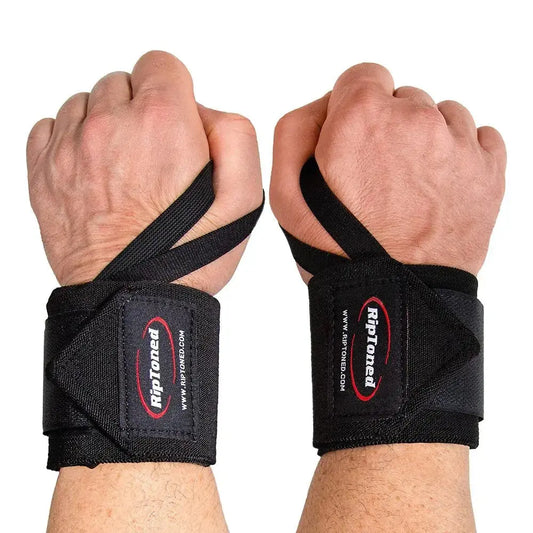Collection: Lifting Wrist Wraps
-
Wrist Wraps for Weightlifting USPA Approved - Rip Toned - Black Stiff
4.63 / 5.0
(7223) 7223 total reviews
Regular price $17.99 USDRegular price$19.99 USDSale price $17.99 USDSale -
Wrist Wraps (Stiff) - Red
4.63 / 5.0
(7223) 7223 total reviews
Regular price $17.99 USDRegular price$19.99 USDSale price $17.99 USDSale -
Wrist Wraps (Less Stiff) - Blue
4.59 / 5.0
(888) 888 total reviews
Regular price $17.99 USDRegular price$19.99 USDSale price $17.99 USDSale -
Wrist Wraps (Less Stiff) - Black
4.59 / 5.0
(888) 888 total reviews
Regular price $17.99 USDRegular price$19.99 USDSale price $17.99 USDSale -
Wrist Wraps (Less Stiff) - Red
4.59 / 5.0
(888) 888 total reviews
Regular price $17.99 USDRegular price$19.99 USDSale price $17.99 USDSale -
Wrist Wraps (Less Stiff) - Blue Camo
4.59 / 5.0
(888) 888 total reviews
Regular price $17.99 USDRegular price$19.99 USDSale price $17.99 USDSale -
Wrist Wraps (Less Stiff) - Brown Camo
4.59 / 5.0
(888) 888 total reviews
Regular price $17.99 USDRegular price$19.99 USDSale price $17.99 USDSale -
Wrist Wraps (Less Stiff) - Gray Camo
4.59 / 5.0
(888) 888 total reviews
Regular price $17.99 USDRegular price$19.99 USDSale price $17.99 USDSale -
Wrist Wraps (Less Stiff) - Green
4.59 / 5.0
(888) 888 total reviews
Regular price $17.99 USDRegular price$19.99 USDSale price $17.99 USDSale -
Wrist Wraps (Less Stiff) - Green Camo
4.59 / 5.0
(888) 888 total reviews
Regular price $17.99 USDRegular price$19.99 USDSale price $17.99 USDSale -
Wrist Wraps (Less Stiff) - Large Flower
4.59 / 5.0
(888) 888 total reviews
Regular price $17.99 USDRegular price$19.99 USDSale price $17.99 USDSale -
Wrist Wraps (Less Stiff) - Small Flower
4.59 / 5.0
(888) 888 total reviews
Regular price $17.99 USDRegular price$19.99 USDSale price $17.99 USDSale -
Wrist Wraps (Less Stiff) - White
4.59 / 5.0
(888) 888 total reviews
Regular price $17.99 USDRegular price$19.99 USDSale price $17.99 USDSale -
Wrist Wraps (Stiff) - Blue
4.63 / 5.0
(7223) 7223 total reviews
Regular price $17.99 USDRegular price$19.99 USDSale price $17.99 USDSale -
Wrist Wraps (Stiff) - Blue Camo
4.63 / 5.0
(7223) 7223 total reviews
Regular price $17.99 USDRegular price$19.99 USDSale price $17.99 USDSale -

 Sold out
Sold outWrist Wraps (Stiff) - Brown Camo
4.63 / 5.0
(7223) 7223 total reviews
Regular price $17.99 USDRegular price$19.99 USDSale price $17.99 USDSold out

















